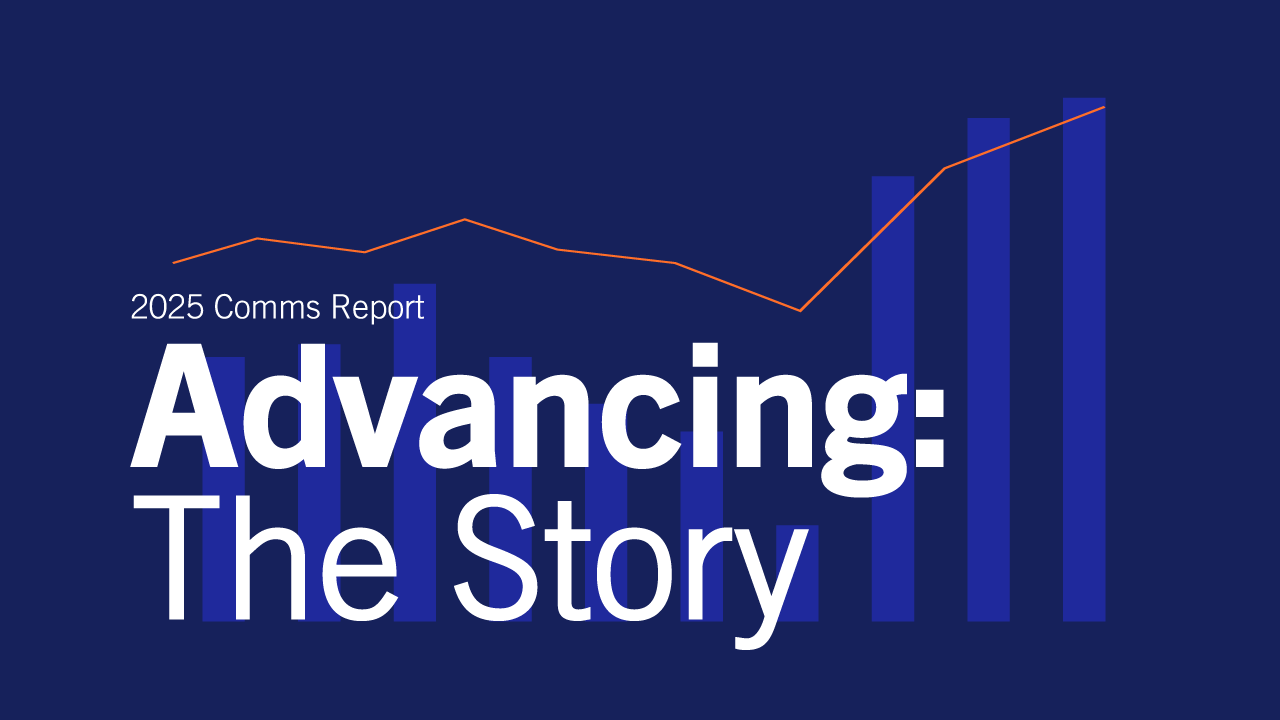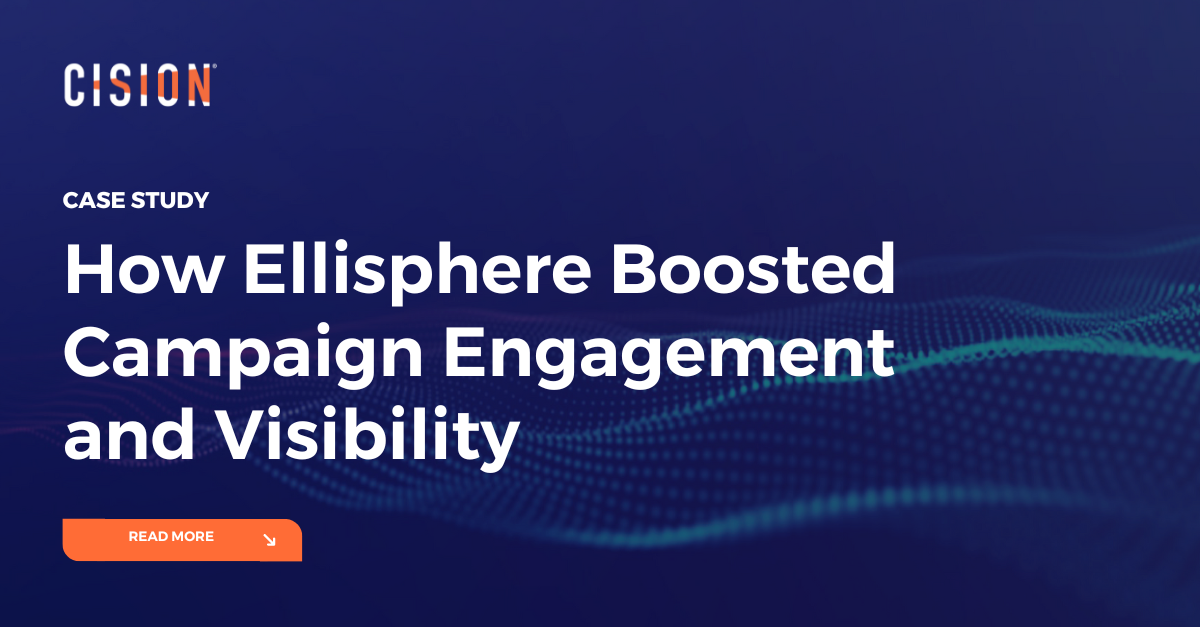Let's talk about the unsung hero of your press release: the headline. It often takes weeks or even months of careful planning, collaboration, and execution across multiple teams to culminate in a story worth sharing with the world.
And here's something encouraging – journalists are actively looking for stories like yours. In fact, the latest State of the Media Report shows that nearly 75% of journalists consider press releases the most valuable PR-provided content.
But here’s the catch: Even the most newsworthy story won't make an impact if no one reads past the headline. You've got just seconds to convince busy journalists that your news is worth their time. Your headline needs to do triple duty – grab attention, show value, and make them want to keep reading.
Let's walk through how to create press release headlines that'll get your story the coverage it deserves.
How to Write a Press Release Headline
Find Your Unique Angle
Want to make your headline stand out? Think beyond the basic announcement to find your unique angle. Nearly half of journalists (46%) say PR pros make their jobs easier when they provide fresh story ideas. Consider what truly makes your news matter right now – is it perfect timing with market trends? Do you have surprising data? Does it solve a pressing industry problem? Focus on the element that makes journalists stop scrolling and think "now that's interesting."
Understand the Media Environment
Immerse yourself in your industry's current conversations. Study recent coverage of your brand, competitors, and sector. Which topics are gaining traction? What language resonates? Whether you use a media monitoring platform like CisionOne or conduct manual research, understanding these trends helps you craft headlines that speak directly to journalists' interests and add to the conversation.
Lead with Impact
Want to know what really makes journalists read your release? Show them why they should care right in the headline. In fact, 68% of journalists say PR pros can make their job easier by understanding their audience and what’s relevant to them. Don't just tell them what happened – tell them why it matters. For example, if you're launching new technology, focus on the problem it solves rather than its features. Save the other details for your subheading or the body of your release.
Keep It Short and Sweet
The experts at PR Newswire have found that headlines between 51-75 characters tend to get the highest engagement. While you can stretch to 100 characters if needed, shorter headlines often pack more punch. Consider how your headline will look in search results or social media feeds. If it's too long, it might get cut off – and nobody wants their key message getting truncated. When you keep things concise, you're forced to focus on what really matters.
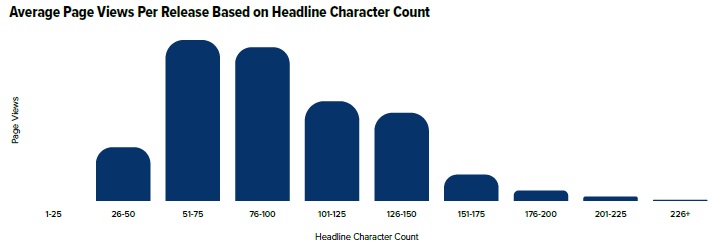
Use Numbers to Tell Your Story
Nothing brings a story to life quite like data to back it up. Including numbers (in the form of original research findings or unique data points) in your headline transforms vague statements into concrete, credible stories that journalists can immediately grasp. In fact, 61% of journalists rank original research and market data as their most-wanted content from PR teams. Just make sure those numbers tell a clear story – and that you can back them up with legitimate sources.
"Numbers aren’t just facts—they’re storytellers. A specific statistic in your headline instantly elevates credibility and attracts journalists looking for substantiated claims." - Annelie Helegin, PR Specialist, Cision
Skip Your Company Name
It may seem counterintuitive, but hear us out: Unless you're a household name like Apple or Google, your company name probably doesn't need to be in the headline. Journalists often care more about what's happening than who's making it happen. Put your focus on the news value and save your brand name for the subhead or opening paragraph.
Choose Your Words Carefully
Keep your language clear and accessible. You want your headline to resonate with the widest possible audience, so technical jargon isn't your friend here. Action words like "reveal" and "unveil" tend to drive more engagement because they signal something new and interesting. But watch out for over-the-top terms like "revolutionary" or "groundbreaking" – they often come across as hype rather than substance.
"Your headline should invite curiosity, not skepticism. Leave the superlatives behind and highlight the genuine value of your news." - Annelie Helegin, PR Specialist, Cision
Make AI Your Writing Partner
The PR world is embracing AI, with 26% of professionals now using it for press releases. Nearly half of those are specifically using it for headline writing. Think of AI as your brainstorming buddy – let it help you explore different angles and wording options. Just remember to review any AI-generated content carefully to ensure it's accurate, authentic, and aligned with your brand voice.
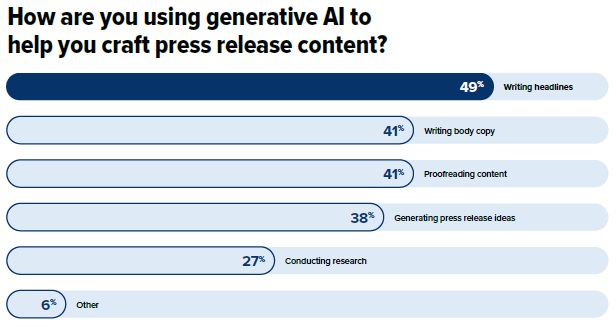
Give Yourself Some Options
Never go with your first draft. Write several versions of your headline, looking at your news from different angles. Some might highlight data, while others focus on industry trends or customer benefits. Step away for a bit, then come back with fresh eyes. Share your top picks with colleagues and get their input. This process helps you zero in on the strongest way to present your news.
Press Release Headline Examples
Our PR Newswire colleague Glenn Frates helped us narrow down the list to share these real-world examples of compelling press release headlines:
1. Prosperity or catastrophe: #Insurance2040 study reveals four possible futures for the industry
Why It Works: The dramatic contrast between the words prosperity and catastrophe grabs attention instantly. The wording "four possible futures" promises comprehensive insights that make journalists’ jobs easier. It’s also a great example of how skipping the company name gives more headline space to what’s newsworthy about the story.
2. Google Cloud Unveils New Retail Solutions for the Agentic AI Era
Why It Works: At 64 characters, this headline proves less can be more. The Google brand carries weight, "unveils" suggests innovation without hype, and connecting to the “AI Era” places the news within a larger trend story journalists are already following.
3. HONEYWELL RESEARCH REVEALS MORE THAN 80% OF RETAILERS PLAN TO INCREASE AI CAPABILITIES IN THEIR OPERATIONS IN 2025
Why It Works: This headline lets data do the heavy lifting. That 80% statistic is an instant hook and verifiable data adds credibility. The future focus ("2025") creates a sense of urgency. Although a tad long at 114 characters, the key message stops well before 100 characters.
4. Oak Creek Homes Partners with LG to Redefine Affordable Luxury in Manufactured Homes
Why It Works: While this 84-charcater headline goes against the advice to leave out company names, pairing with a household name like LG instantly boosts interest. "Redefine Affordable Luxury" suggests innovation and market transformation without resorting to hype.
5. Tripadvisor Reveals 2025's Must-Visit Destinations: Top Picks From Travelers Around the World
Why It Works: This headline excels at multiple levels with timely, original research and the strong action verb “Reveals." By specifying "From Travelers Around the World," it emphasizes crowdsourced credibility rather than corporate opinion. It taps into the universal appeal of travel content that both journalists and their audiences crave.
6. Ulta Beauty Teams Up with Instacart to Deliver Beauty in a Flash Nationwide
Why It Works: By pairing two recognized brands, this headline immediately signals a newsworthy collaboration. The phrase "in a Flash" cleverly connects to both Instacart's speed and Ulta's industry. At just 71 characters, it manages to convey the what (partnership), why (speed), and impact (nationwide) without wasting a word.
7. Pimax debuts world's first retina-level VR headset Crystal Super at CES2025
Why It Works: This short and sweet headline captures multiple newsworthy angles. "World's first" signals innovation, while "retina-level" speaks to technical advancement without getting lost in jargon. Mentioning CES2025 places it within a major industry event journalists are already covering.
8. Strategic Communicators Have More Influence, More Pressure to Drive Business Growth, Report Finds
Why It Works: "More influence" versus "more pressure" creates an instantly intriguing narrative. “Report Finds” signals unique research, and by focusing on the impact of the results rather than just positive findings, it gains credibility. The term "Business Growth" connects to broader business media interests.
Final Thought
Remember, your headline isn't just about getting attention – it's about setting up your entire story for success. Take the time to craft it carefully. After all, the great story you've worked so hard to create deserves a headline that will actually get it read.
Find out how CisionOne can help with your media outreach. Chat with one of our experts.
Most Recent Posts
Cision Resources
-
E-books and Guides
Comprehensive how-to guides on strategy and tactics
-
Case Studies
What are other brands doing – and how can we learn from them?
About Mary Lorenz
Mary Lorenz is Director of Content and Creative at Cision. She oversees the editorial strategy at Cision and writes about best practices and thought leadership for marketing, communications and public relations professionals. She has a background in marketing, public relations and journalism and over 15 years of experience in copywriting and content strategy across a variety of platforms, industries and audiences.
Learn More. Do More. demo new
PR Tips, Case Studies, and Product Updates
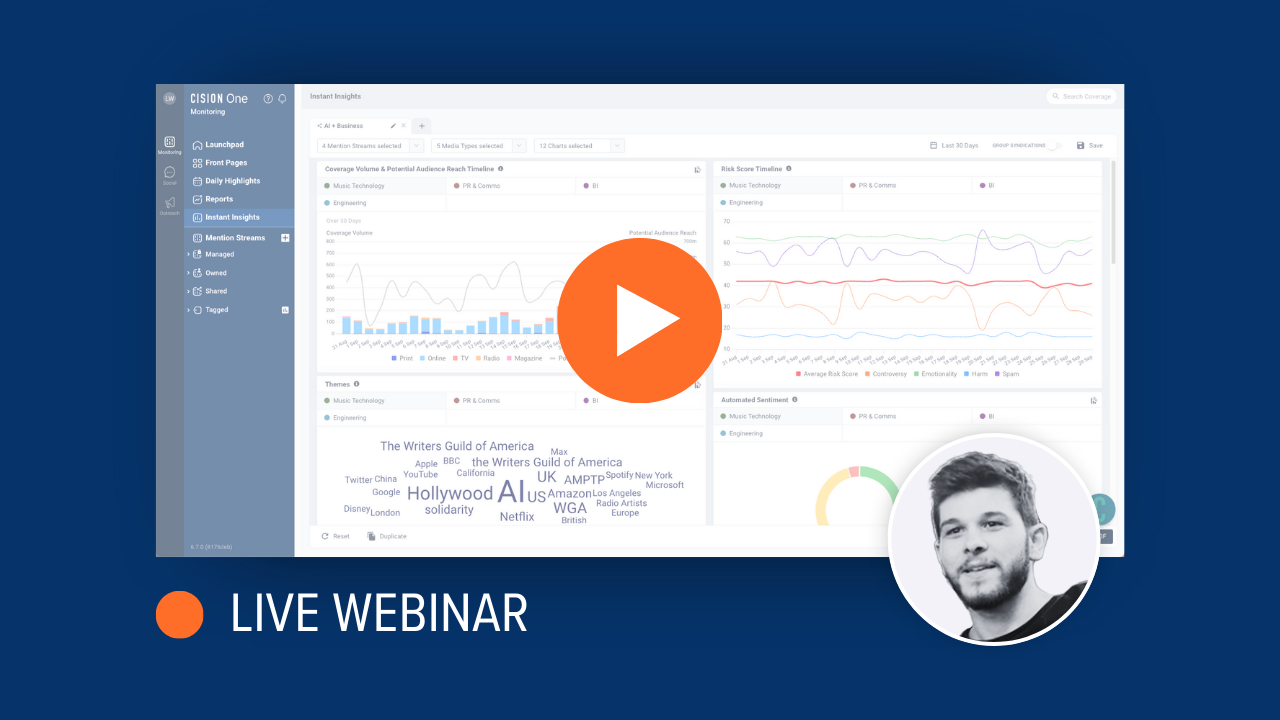
[On-Demand Webinar] The Next Generation of Media Intelligence: From Gorkana to CisionOne
Explore CisionOne, a revolutionary media intelligence platform, and the evolution of Gorkana. Learn key features and strategies from Luke Williams, CisionOne Product Marketing Manager. Elevate your media outreach to new heights!

